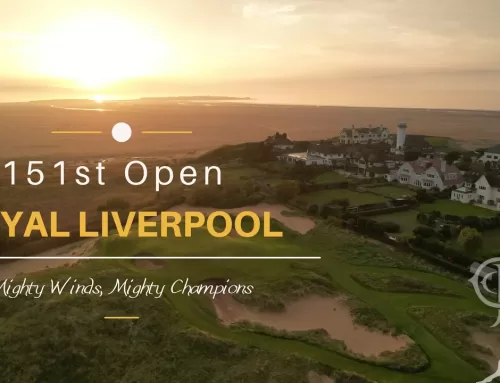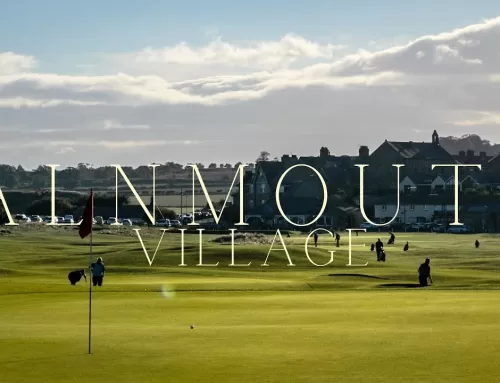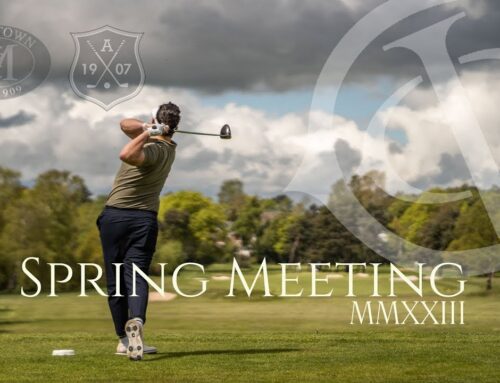The story of Castle Stuart is, in many ways, the story of Mark Parsinen…

In the early 2000s, Mark began planning the design of a golf course on the Moray Firth. He had been closely involved with the creation of Kingsbarns near St Andrews, which opened to critical acclaim in July 2000. To create his Highlands masterpiece, Mark enlisted the support of the American architect, Gil Hanse.
Although Mark was given an undeniably picturesque landscape from which to carve this links, his meticulous attention to detail certainly maximised the natural beauty of the surrounding environment. Both loops of nine begin on the craggy shoreline, and you gradually climb to the upper shelves which provide panoramic views across the region. On almost every tee-box, Mark and Gil Hanse capture your attention, pointing the golfer towards some of the most important and historic monuments in the area: such as the 17th century tower belonging to the House of Stuart, the Kessock Bridge, and the Chanonry Lighthouse which sits on the Black Isle peninsula.
Not only is the routing exceptional, but the green complexes and the bunkering are too. The infinity greens seem to slope away into the Moray Firth, and the external contours place a premium on approach angles for the better player. In addition, the seemingly-unique combination of riveted-face bunkering and sandy waste areas frame and defend many of the holes here.
A defining feature of Mark’s vision for Castle Stuart was for all levels of golfer to remain “hopeful and engaged,” as he described it. Visually, the course may seem intimidating, but there is actually plenty of room off the tee. The short-grass run-offs act as a good leveller, providing higher-handicappers with the chance to use the flat stick, but giving scratch players a tricky choice of shot selection. As with any links, the primary defence of the course is the weather, but the undulating green complexes and wide array of pin placements can also demand that better players choose the riskier lines off the tee-boxes if they wish to score well.
Many modern courses fall victim to the same mistakes: they’re unnecessarily long, littered with penal hazards, and, above all, they feel like intrusions into the surrounding landscape. Thankfully, Castle Stuart reminds us that this doesn’t have to be the case.
Mark Parsinen may have left us far too soon, but his work at Castle Stuart lives on as a shining example of 21st century course design. Mark, Gil Hanse and their team have utilised modern technology to create a links course that is highly playable but still endlessly fascinating for those who are fortunate enough to visit this beautiful part of the world.











